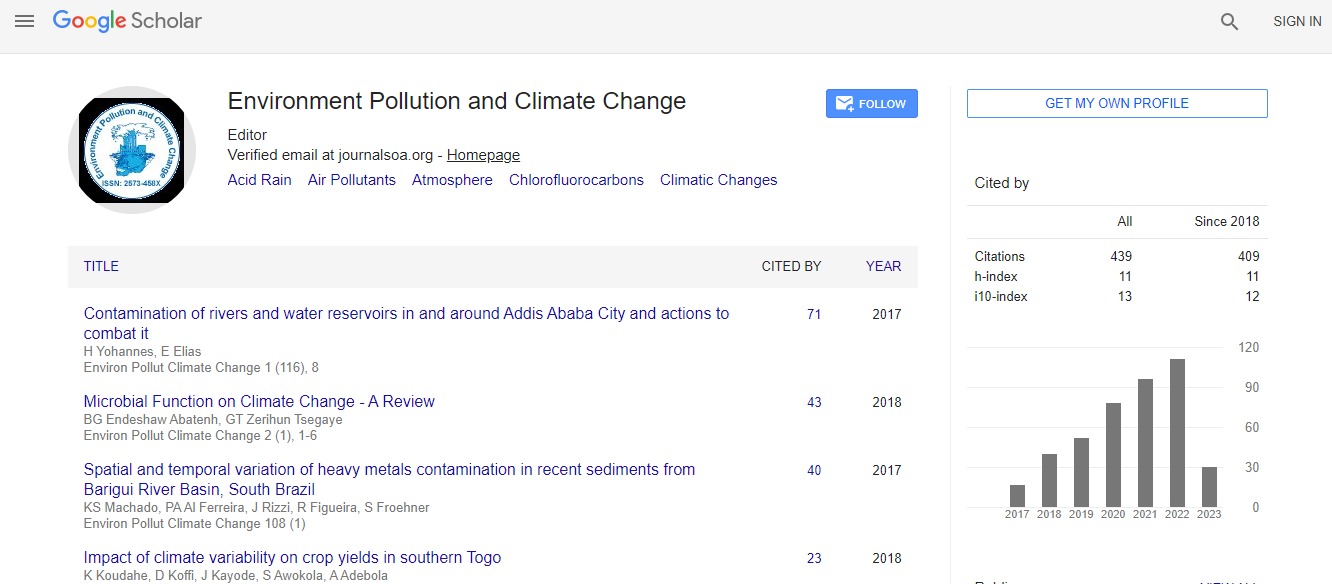Research Article
A Heuristic Approach for Quantifying Household Travel GHG Emissions Using GPS Survey and Spatial Correlations-The Cincinnati Case Study
Zhuo Yao, Heng Wei* and Harikishan PeruguART-Engines Transportation Research Laboratory, College of Engineering and Applied Science, 792 Rhodes Hall, University of Cincinnati, Cincinnati, OH 45221-0071, USA
- Corresponding Author:
- Heng Wei
ART-Engines Transportation Research Laboratory
College of Engineering and Applied Science
792 Rhodes Hall, University of Cincinnati, Cincinnati
OH 45221-0071,USA
Tel: (513)556-3781
Fax: (513) 556-2599
E-mail: heng.wei@uc.edu
Received date: December 19, 2016; Accepted date: January 27, 2017; Published date: February 03, 2017
Citation: Yao Z, Wei H, Perugu H (2017) A Heuristic Approach for Quantifying Household Travel GHG Emissions Using GPS Survey and Spatial Correlations-The Cincinnati Case Study. Environ Pollut Climate Change 1:111.
Copyright: © 2017 Yao Z, et al. This is an open-access article distributed under the terms of the Creative Commons Attribution License, which permits unrestricted use, distribution, and reproduction in any medium, provided the original author and source are credited.
Abstract
Household travel related Greenhouse Gas (GHG) emissions have been identified as one of the major contributors to greenhouse gas emissions. Many studies have suggested that household trips and their associated GHG footprints are pertinent in great part to land use type and socioeconomic of the household. The current practice of GHGs emission laws and regulations recommend using outputs from travel demand model for GHG and other regulated emission analysis. Conventional travel demand forecasting models are aimed at conducting a macroscopic simulation analysis at an area or regional level of the roadway network but it is unable to generate traffic flow operational data at a microscopic level such as speed, acceleration or deceleration at a fine spatiotemporal scale. On the other hand, the household travel GHG emissions, similar to the household location itself, are spatially and temporally dependent. The spatial factors’ role in the modeling of the household travel GHG footprint is unclear. To address the above gaps, this research proposes a robust household travel GHG quantification method with spatial information considered. By utilizing the greater Cincinnati GPS household travel survey data, household travel is accurately mapped to its origin and linked to the household’s socio-economics and demographic characteristics. The regional traffic analysis zone-based GHG emissions generated from the sampled households are, therefore, spatially modeled by using spatial regression models that originated from econometrics. The results showed that the Spatial Durbin Error model fits the data better comparing to other candidate models.

 Spanish
Spanish  Chinese
Chinese  Russian
Russian  German
German  French
French  Japanese
Japanese  Portuguese
Portuguese  Hindi
Hindi 
